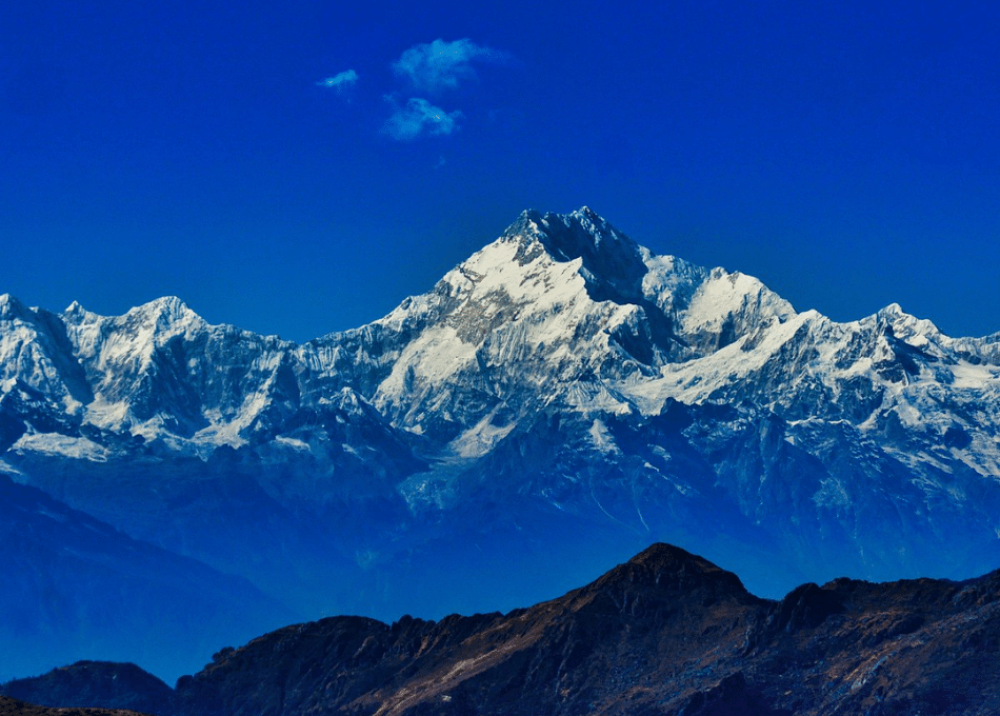

The northeastern state of Sikkim in India is a land blessed with pristine natural beauty and a rich cultural tapestry. Among its many attractions is the majestic Kanchenjunga, the world's third-highest mountain, which has captured the imagination of travelers, pilgrims, and adventure seekers for centuries. The Kanchenjunga View Point in Rumtek offers one of the most stunning panoramas of this Himalayan giant, making it a must-visit destination for anyone traveling to Sikkim.
Tourism in Sikkim has deep historical roots, with visitors initially drawn to the region for its monasteries and the mystical allure of the Himalayas. Early travel was predominantly for religious or trading purposes. However, it was not until the latter half of the 20th century, following the annexation of Sikkim by India in 1975, that tourism started to become a structured industry within the region.
The establishment of Sikkim as an Indian state prompted improvements in infrastructure and accessibility, paving the way for tourism development. Sikkim's government recognized the potential for economic growth through tourism and began to promote Sikkim as a unique destination, focusing on its natural resources, culture, and biodiversity.
The Kanchenjunga View Point in Rumtek, thanks to its proximity to Gangtok, the state capital, quickly became a popular spot for those wishing to savor the breathtaking views of the mountain range. The viewpoint is strategically positioned to offer spectacular vistas of not only the Kanchenjunga peak but also a panoramic sweep of the surrounding landscape.
Over the years, facilities around the viewpoint have developed, including the construction of lodges, eateries, and viewpoints, enhancing the visitor experience. Travelers can often be seen marveling at the sunrise or sunset, when the snowy peaks turn a fiery gold, creating a mesmerizing scene that draws nature lovers and photographers alike.
In recent years, there has been a shift towards sustainable and eco-friendly tourism in Sikkim, given the ecological sensitivity of the region. The government and local communities are increasingly focusing on preserving natural resources while providing immersive experiences for visitors. This includes promoting homestays, organic farming visits, and cultural tours that allow tourists to experience the local way of life.
Adventure tourism has also seen a significant surge, with trekking, mountain biking, and river rafting becoming popular activities. These ventures cater to the growing demand for experiences that combine thrill with the exploration of Sikkim's natural beauty.
Moreover, Sikkim has been proactive in adopting digital advancements to boost tourism. From virtual tours to online permits for restricted areas, the integration of technology has made it easier for tourists to plan and experience the state’s offerings.
In conclusion, the Kanchenjunga View Point in Rumtek stands as a testament to Sikkim's growing appeal as a tourism hotspot, a place where history, culture, and nature coalesce to provide a transformative experience for visitors from across the world. As tourism trends evolve, Sikkim continues to balance expansion with the preservation of its pristine environment and rich heritage.